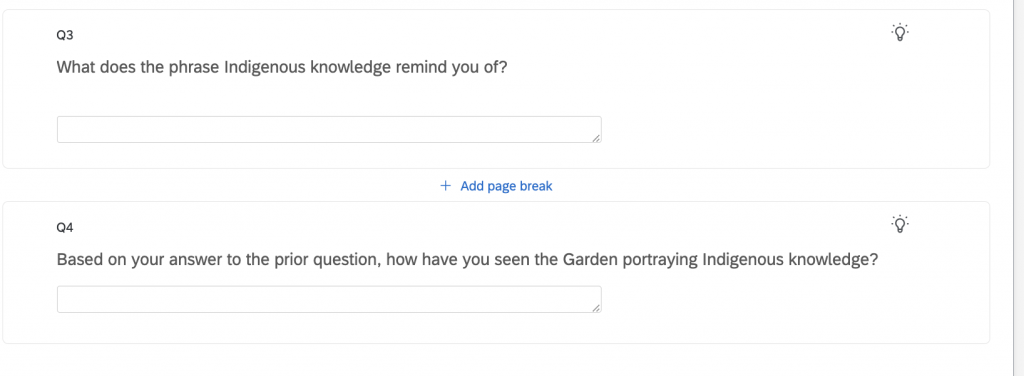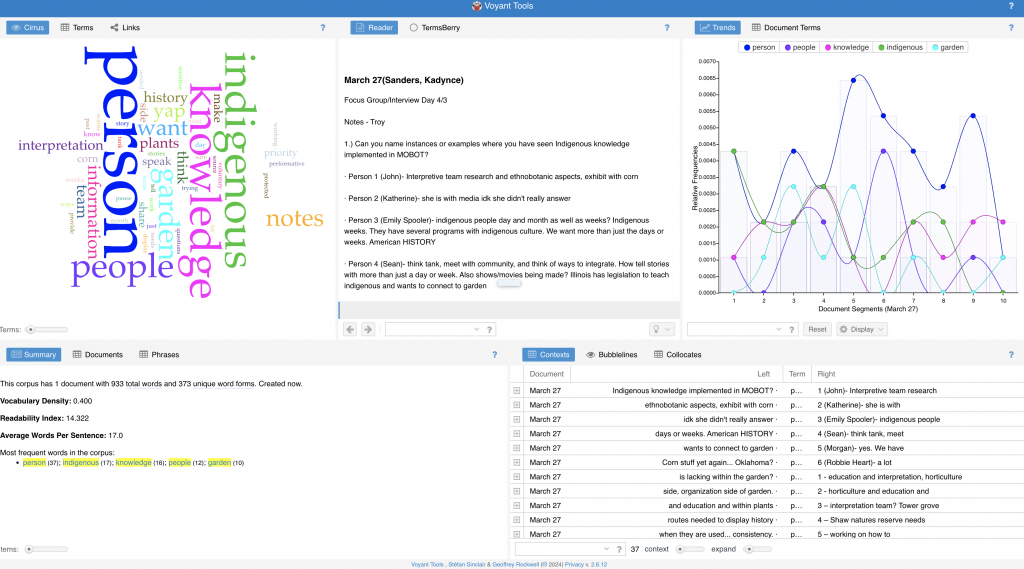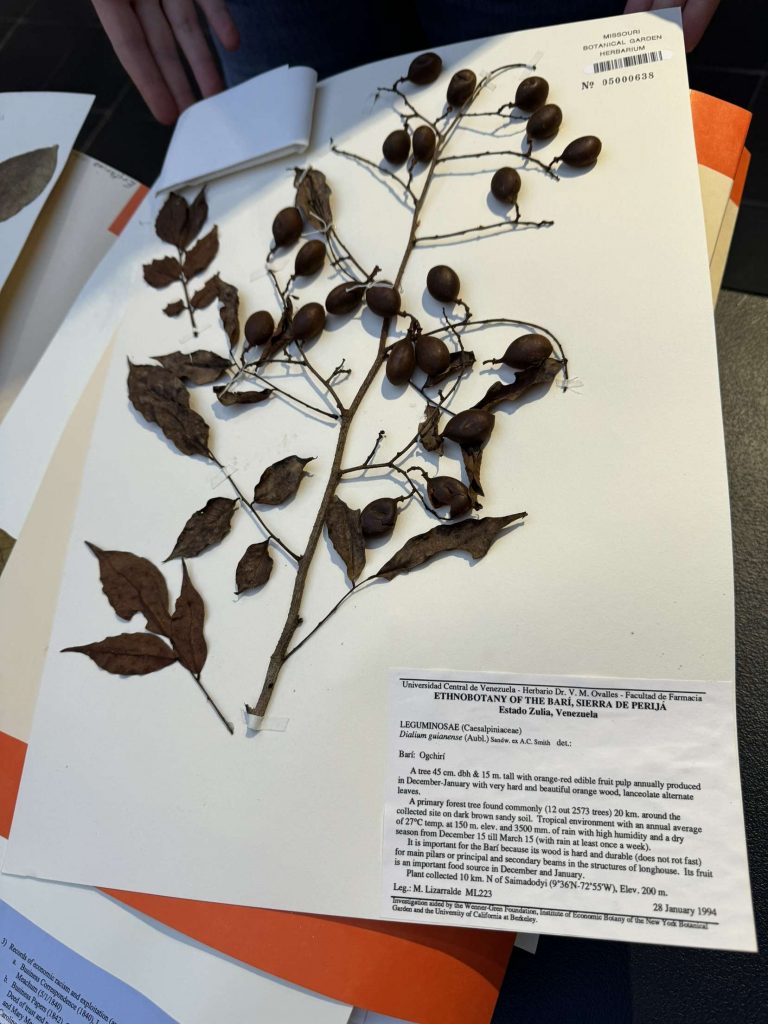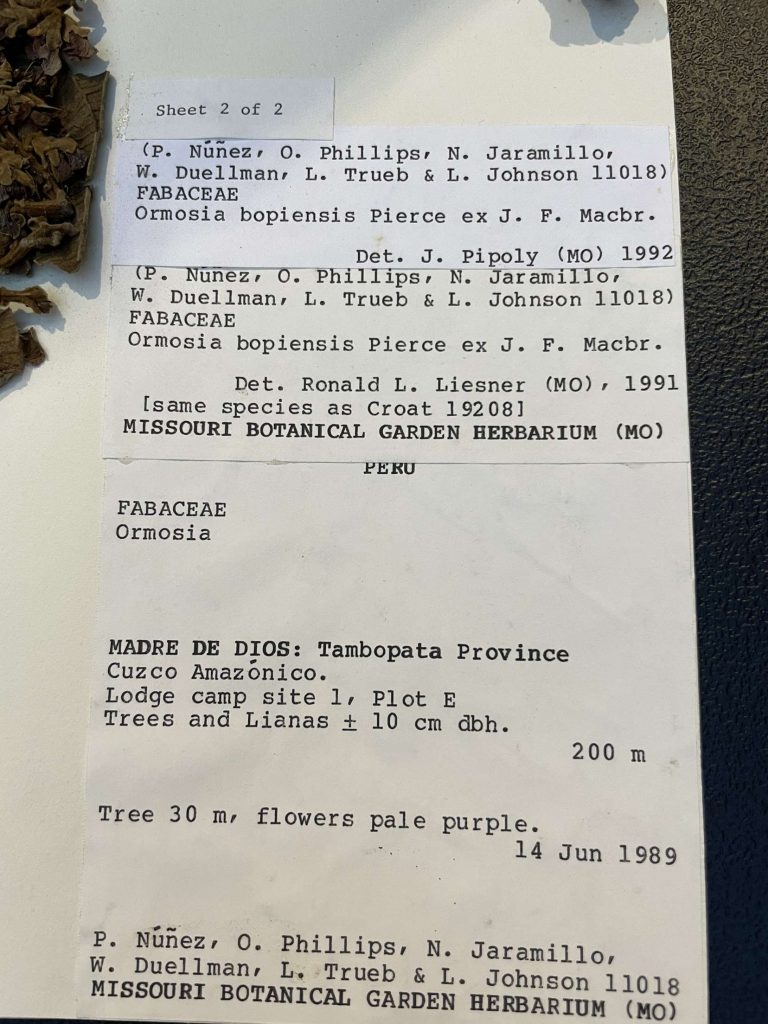Section 1: Research Questions
Explain what specific problem or issue you are addressing. Be sure to do this work in consultation with your partners. What research questions do you have about the problem? What do you want to test? What can you feasibly act upon?
Our main goal is to have more inclusion of Indigenous knowledge which is currently lacking within the Missouri Botanical Garden. Our current idea/project is to make a Self-Guided Indigenous Plant Tour. In this tour, we plan on having information on plants Indigenous to the Midwest. We plan on exhibiting the medicinal, communal, and ritualistic uses of the plants within the different tribes that use them. Information that will be needed for this project is: an interview from Robbie, articles based on plants that are Indigenous to the Midwest, and with that how that plays into the communities. We would love to talk to someone who has an insight from the indigenous community to help us with what limits to put on what we share. It is very important to remain ethical and keep all point of views in mind.
Section 2: Geographic Focus and Stakeholders
This could be as specific as the docents at MOBOT or as broad as the Tower Grove Neighborhood. Explain why you have chosen the focus and who your key stakeholders are. Tell us what you know about them and what you still need to know. Explain the role and level of involvement of each stakeholder.
We need help from our mentors at the Garden to get the information we need and connect us to others at the garden. We need to know which Indigenous plants we should implement our QR codes on in order to make our idea work. The visitors of the garden are our stakeholders because we need to ensure that they understand our message of Indigenous knowledge. We do not know who exactly our mentor is yet, but we know we will at least need to talk to Robbie Hart or Carolina to figure out what plants would work best. The visitors are who we are focusing on. We want to make sure they have something to take away from our project.
Section 3: Data Collection
What data do you need to answer your question: secondary research, interviews, surveys, focus groups, oral histories, ethnographies, scientific experiments? Drawing on your experience from your other CODES courses, develop plans for specific data sets that need to be collected. Each member of the team will be responsible for collecting and curating one data set. Raw data should be maintained in a shared drive accessible to the entire team. Determine what data you will need to collect and who will be responsible for the work. For each data collection activity in your plan, consider why you are collecting it, how and from whom you will collect it, and what methods will be most effective.
-Robbie interview
– Oral history (someone who represents Indigenous story about the plants)
– website data about plants that are indigenous to the midwest
-Tropicos
-ethnography on the indigenous knowledge already being told at the Garden
Section 4: Implementation
What will be the outcome of your research? Will you develop an exhibit, engage students in a learning activity, or design a digital project? Why is this the best plan for implementation? What do you need to know to make the implementation successful? How will it meet the needs of your audience? Who will do each part of the work? How will you assess its success?
The outcome of our Research is aiming to inform visitors about plants from an indigenous perspective. We want to carefully examine what plants we could highlight in our tour, and which ones connect with the indigenous people. We hope the signage around the gardens will help people engage and learn more about how indigenous people maintained plants. We will have QR codes to help the visitors explore the whole garden instead of just skimming through it. Implementing more of an indigenous perspective will help people understand from a nonwestern voice. We all plan to collaborate in an efficient way by all setting a time to meet together to conduct a website that will display the information of indigenous plants. We want to make sure the indigenous people are also being heard.




